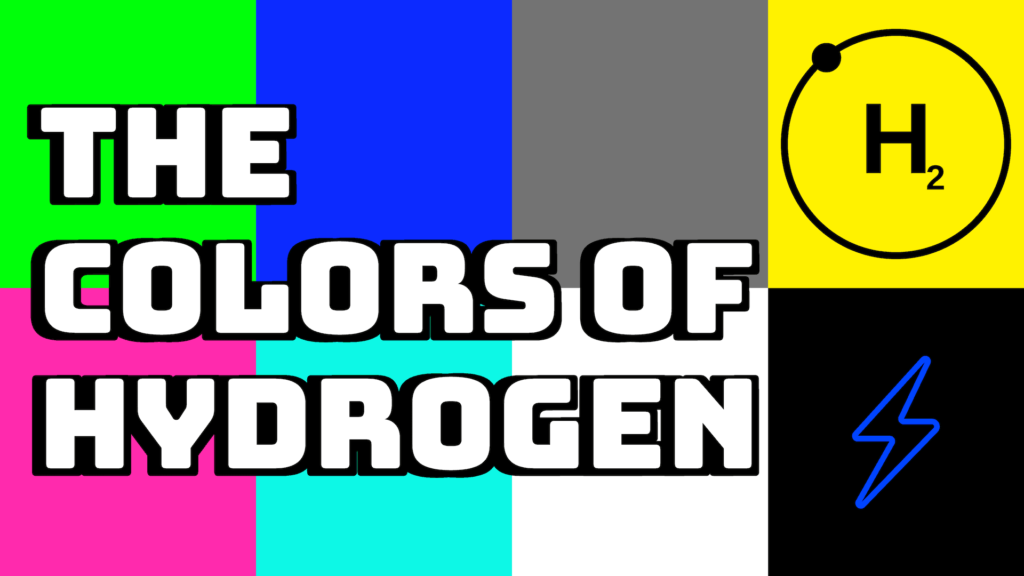What is hydrogen?
Methane, also known as natural gas, can be replaced with hydrogen, which is a very clean fuel. Hydrogen is the most abundant chemical element and is believed to contribute to about 75% of the mass of the universe. For instance, the sun is a massive ball of hydrogen and helium gases.
Numerous hydrogen atoms can be found in water, plants, animals, and, of course, people here on earth. Although it is found in almost all living organisms’ molecules, it is extremely rare as a gas and it only makes up less than one part per million by volume.
A number of sources, including natural gas, nuclear energy, biogas, and renewable energy sources like solar and wind, can be used to manufacture hydrogen. But the difficulty lies in producing enormous amounts of hydrogen gas to power our homes and buildings.
Why is hydrogen important as a future clean energy source?
Chemicals that can be “burned” to produce useful energy are known as fuels. Typically, the burning process happens when chemical interactions between the fuel’s atoms are destroyed and the elements chemically react with oxygen (which is present in the air).
We have long used natural gas to heat our homes, places of work, and power plants that produce electricity. 85% of properties in the UK and 40% of the nation’s electricity are currently powered by gas, while 47% of households in the US use natural gas and 36% use electricity.
The primary component of “natural gas” from oil and gas fields is methane. Natural gas is still being used because it is a cheap, widely available resource and a greener alternative to coal which is the dirtiest fossil fuel that we have historically relied on for heating and to generate electricity.
Burning natural gas produces heat energy. But carbon dioxide, on the other hand, is a waste product from burning natural gas that, when released into the atmosphere, contributes to climate change.
Now, when it comes to hydrogen, the only byproduct of burning hydrogen is water vapor.
Hydrogen is an energy carrier
And energy carriers enable the transfer of energy from one location to another in a form that may be used. Like electricity, hydrogen is a form of energy that needs to be created from another substance. Water, fossil fuels, or biomass can all be used to make hydrogen, which can then be separated off and used as a fuel or source of energy. Compared to other common fuels, hydrogen has the highest energy content by weight (about three times more than gasoline), but the lowest energy content by volume (about four times less than gasoline).
It is lightweight, storable, and energy-dense, with no direct emissions of pollutants or greenhouse gases. However, in order for hydrogen to make a significant contribution to a clean energy transition, it must be adopted in sectors where it is currently almost entirely absent, such as transportation, buildings, and power generation.
Today, industry dominates hydrogen use, specifically oil refining, ammonia production, methanol production, and steel production. Because nearly all of this hydrogen is derived from fossil fuels, clean hydrogen has the potential to significantly reduce emissions.
In transportation, the competitiveness of hydrogen fuel cell cars is determined by fuel cell costs and refueling stations, on the other hand, the priority for trucks is to lower the delivered price of hydrogen. Shipping and aviation have few low-carbon fuel options, creating an opportunity for hydrogen-based fuels.
Hydrogen could be blended into existing natural gas networks in buildings, with the greatest potential in multifamily and commercial buildings, particularly in dense cities, while longer-term prospects could include direct hydrogen use in hydrogen boilers or fuel cells.
Hydrogen is one of the best possibilities for storing renewable energy in the power generation industry, and ammonia and hydrogen can be utilized in gas turbines to increase the flexibility of the power system.
As you can see hydrogen is not widely used as a fuel now, but it has the potential for greater use in the future.
